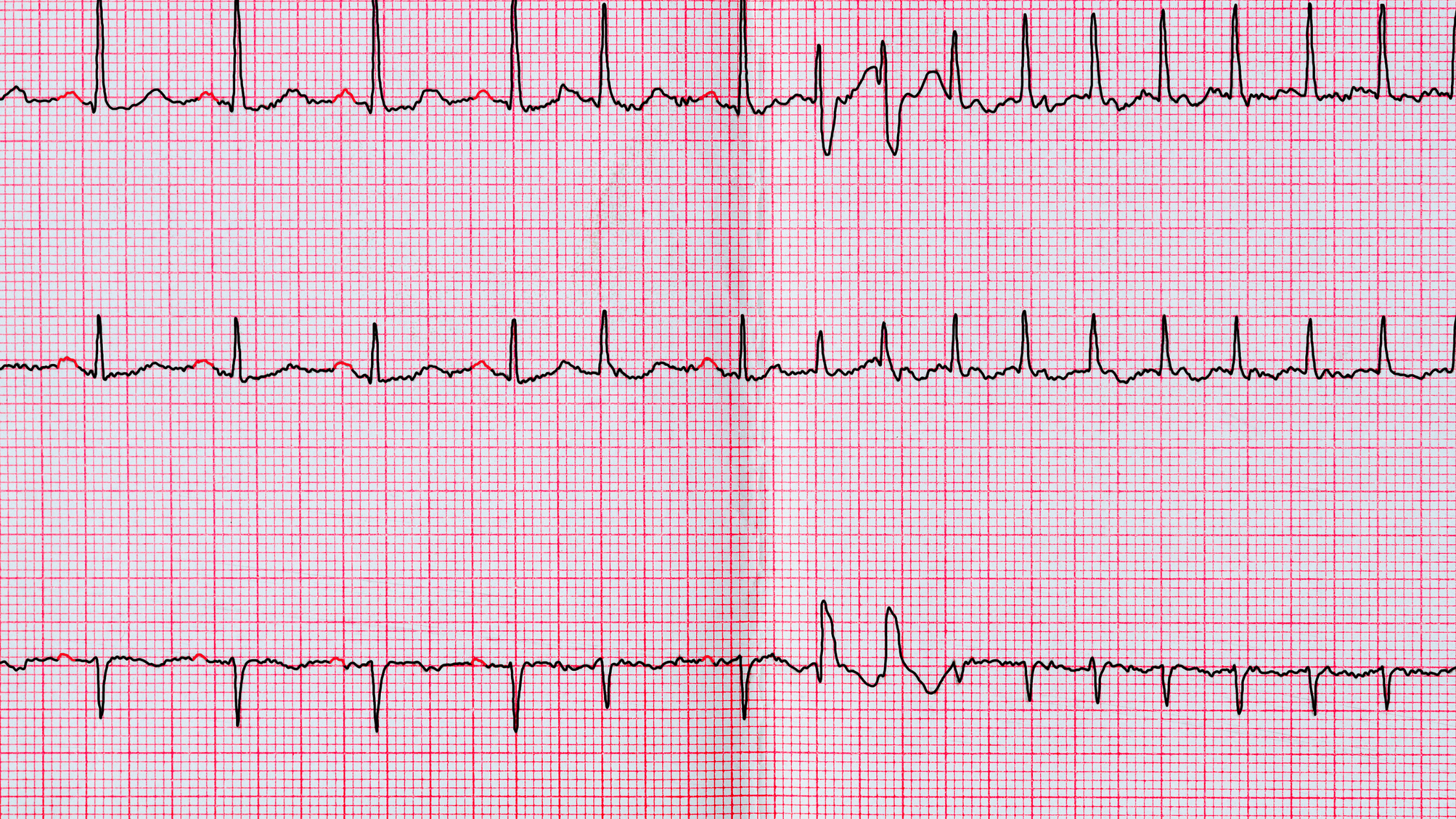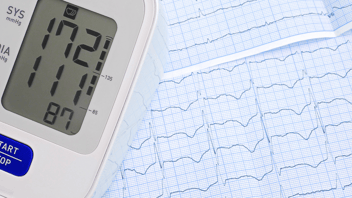Atrial Fibrillation Explained: What Nursing Students Need to Know + Free Download

Atrial fibrillation (AFib), a prevalent cardiac arrhythmia
Atrial fibrillation (AFib), a prevalent cardiac arrhythmia, demands nursing students’ attention due to its significant impact on patients’ cardiovascular health. Understanding AFib’s characteristics, nursing assessment, and management of the disease, empowers future nurses to recognize and respond promptly, ensuring effective management and improved outcomes for those affected by this irregular heart rhythm.
.png?width=1200&height=630&name=nclex%20review%20for%20angina%20(2).png)
Atrial fibrillation (AFib) Overview
1. Atrial fibrillation:
a . Multiple, disorganized cells produce additional electrical impulse in atria
i. Causes atria to quiver at a fast rate <300 bpm→ The heart is unable to effectively contract which causes pooling of blood in the atria and HIGH risk for stroke
ii. AV node blocks some of the electrical impulses from reaching the ventricles→ Rapid, irregular ventricular contractions
General Information on Atrial fibrillation (AFib)
2. Characteristics of Atrial fibrillation:a. Rhythm→ Irregular
b. Rate→ Atrial rate >300 bpm, Wavy baseline
i. Ventricular rate→ 60-100 bpm, >100 bpm→ “Rapid Ventricular Rate” (RVR)
c. P: QRS ratio→ No obvious P waves
d. A wavy baseline that is not measurable
e. PR interval→ Not measurable
f. QRS complex→ 0.06-0.12 seconds
Nursing Assessment Atrial fibrillation (AFib)
1. Client Presentationa. Palpitations, fatigue, lightheaded/Syncope
2. Acute or chronic
a. If chronic→ Monitor rate/meds
b. If acute→ Convert to NSR
3. Atrial and ventricular rates→ RVR
4. Decreased Cardiac Output→ Syncope, hypotension
5. PT/INR- If taking Coumadin
.png?width=1200&height=630&name=nclex%20review%20for%20angina%20(2).png)
Therapeutic Management for Atrial fibrillation (AFib)
1. Nursing Interventions
a. Acute or chronic, 12 Lead EKG, Restore NSR, Assess for s/s of stroke
2. Control ventricular rate
a. Medications
i. Antiarrhythmics
ii. Beta-blockers
iii. Calcium Channel Blockers
b. Transesophageal echocardiography/Cardioversion
c. Ablations
3. Decrease the risk for stroke
a. Anticoagulants→ Coumadin (Warfarin), Xarelto (Rivaroxaban), Eliquis (Apixaban)
Treating patients with Atrial Fibrillation (AFib), is so common that you will see in the hospital. I remember one experience with an older woman in her 70’s that was admitted to the hospital with atrial fibrillation (AFib). Upon arrival, she was visibly anxious, with a rapid and irregular heart rate. As part of the cardiac team, I quickly assessed her vital signs and initiated continuous cardiac monitoring. In collaborating with the cardiologist, we decided to start anticoagulation therapy to prevent clot formation. Throughout her stay on the unit, I closely monitored her heart rhythm, educated her about her condition and all her medications, and supported her emotionally as she was very uncertain of what was going to happen to her. Her heart rhythm gradually stabilized and she seemed much more at ease. Seeing her feeling better made me realize just how much of a significance nurses make in treating patients like her with AFib.
Conclusion and Free Download
This Atrial Fibrillation (AFib) review provides essential knowledge for approaching the NCLEX with confidence. Understanding its prevention, management, and interventions empowers nurses to provide effective care and save lives.
Are you looking for more must-know NCLEX review topics? Download our free eBook "NCLEX Flash Notes" as a valuable resource for nursing students. Encourage readers to download their free copy of the "NCLEX Flash Notes."
.png?width=1200&height=630&name=nclex%20review%20for%20angina%20(2).png)
You CAN Do This
Happy Nursing!





.png?width=352&name=Coronary%20Artery%20Disease%20nclex%20review%20for%20nursing%20students%20(1).png)

